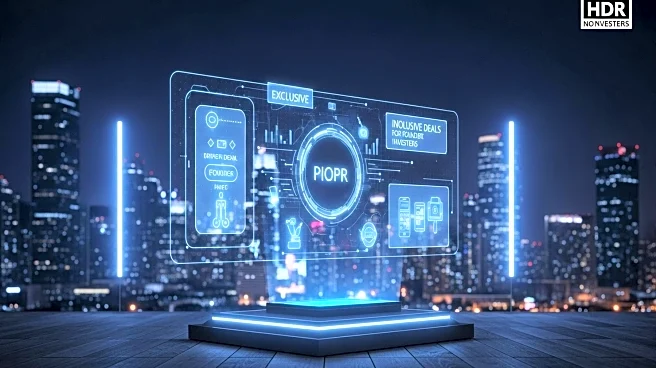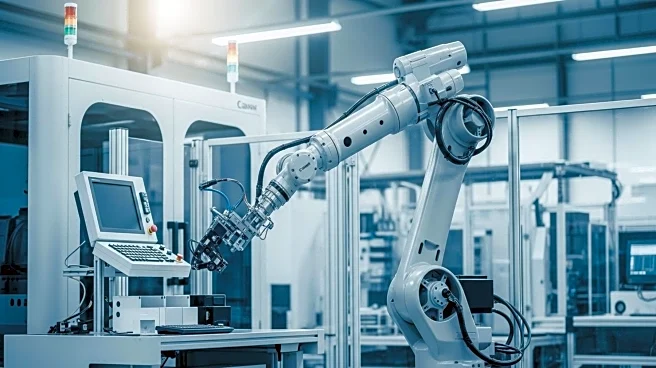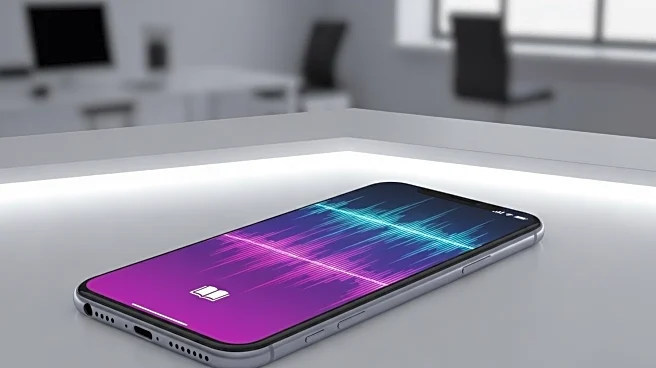What's Happening?
The trend of integrating screens into various hardware components has been criticized for its minimal utility and high cost. This practice, which has become increasingly popular in the tech industry, involves adding screens to components such as CPU coolers, keyboards, and even RAM sticks. While these additions may offer some aesthetic appeal, their practical benefits are often questioned. For instance, screens on CPU coolers can provide temperature readings, but similar information can be accessed through existing software solutions. The criticism highlights that these screens often lead to higher product prices without delivering significant functional advantages.
Why It's Important?
This trend reflects a broader issue within the tech industry where aesthetic enhancements are prioritized over practical functionality. The addition of screens to hardware components can significantly increase costs for consumers, who may not receive proportional benefits. This practice could lead to a market where consumers are paying more for features that offer little real-world utility. It also raises questions about the sustainability of such trends, as they may contribute to electronic waste and resource consumption without providing substantial value. The criticism suggests a need for the industry to focus on meaningful innovations that enhance user experience and product performance.
What's Next?
As the tech industry continues to evolve, there may be a push from consumers and industry critics for more practical and cost-effective innovations. Companies might need to reassess their product development strategies to focus on features that offer genuine improvements in performance and user experience. This could lead to a shift away from purely aesthetic enhancements towards more sustainable and functional designs. Additionally, consumer advocacy groups may increase pressure on manufacturers to justify the added costs of such features, potentially influencing future product offerings.
Beyond the Headlines
The trend of adding screens to hardware components also touches on cultural aspects of consumerism, where the allure of new and flashy technology can overshadow practical considerations. This phenomenon reflects a broader societal tendency to equate newness with improvement, which can drive demand for products that prioritize style over substance. The criticism of this trend may encourage consumers to become more discerning in their purchasing decisions, valuing functionality and sustainability over superficial enhancements.










